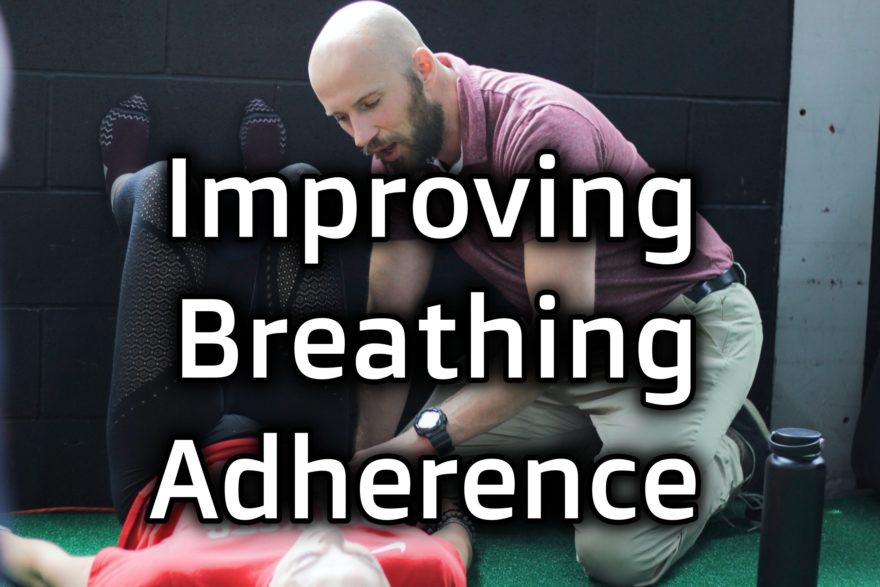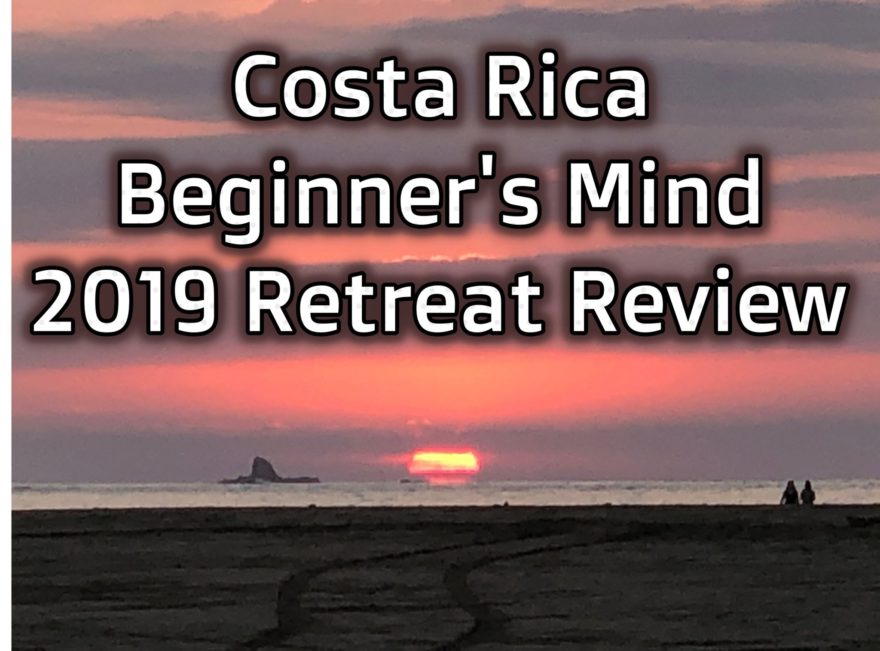Tag: movement
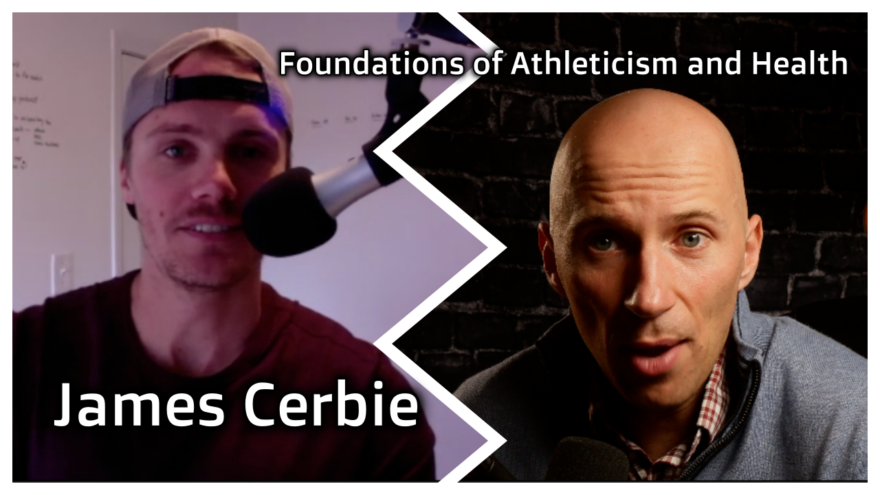
Foundations of Athleticism and Health with James Cerbie
To be life-proof, you need to build power, strength, endurance, hypertrophy, and move well. In this podcast with James Cerbie,…
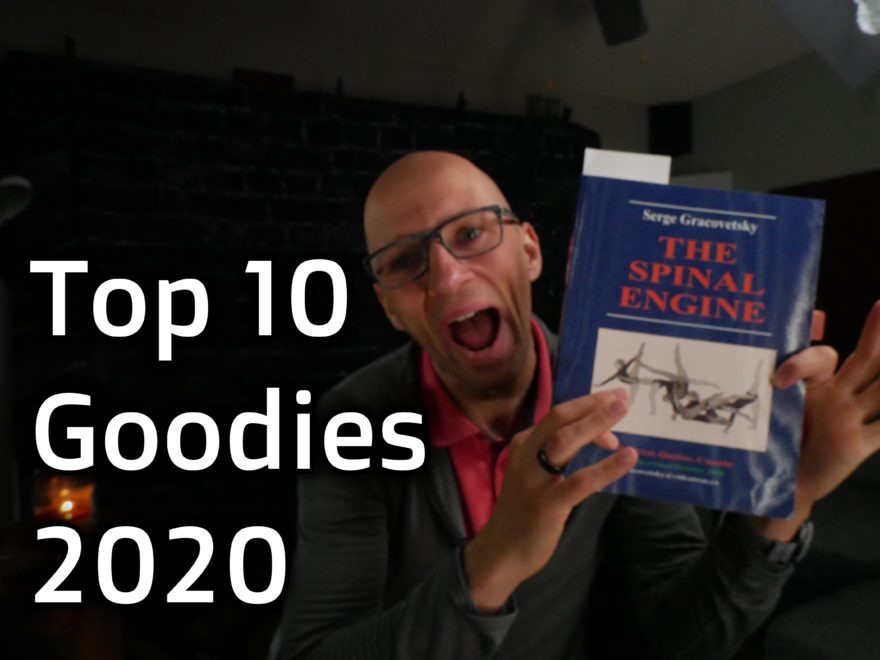
Top 10 Goodies of 2020
From tight hip flexors to cardio to sleep, check out the top 10 goodies of 2020
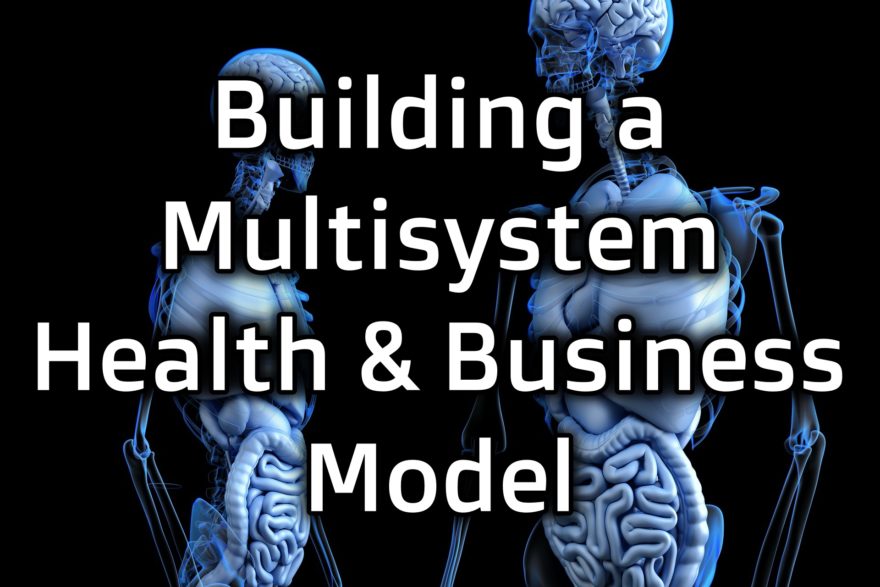
Building a Multisystem Health and Business Model
Maximizing performance, health, and wellness involves a multisystem approach. You can’t just exercise. You also have to sleep, de-stress, eat…
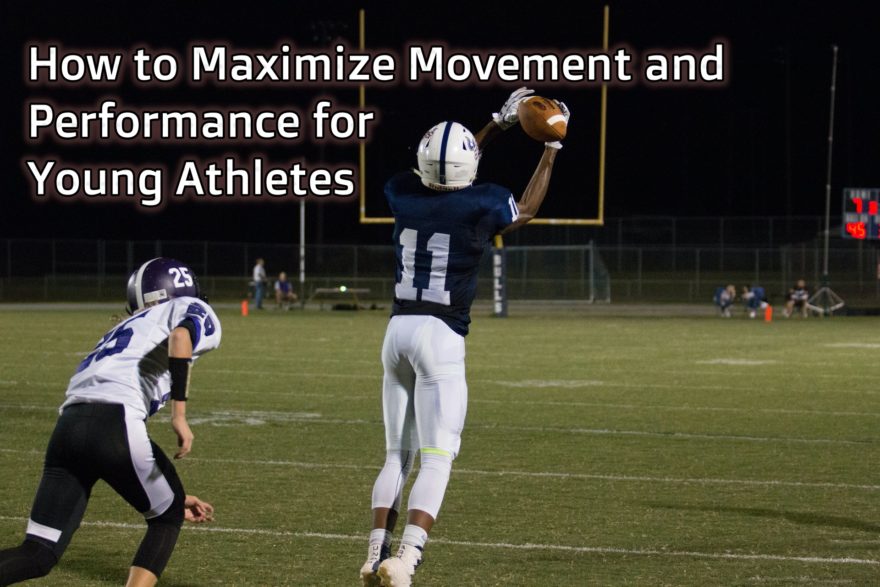
How to Maximize Movement and Performance for Young Athletes
Strength and conditioning for young football players is a bit, oh how do I put it…. Outdated When you take…

July 2019 Links and Review
Every week, my newsletter subscribers get links to some of the goodies that I’ve come across on the internets. Here…

Movement Analysis and Breathing Strategies for Pain Relief and Improved Performance
Chris, a high level mountain biker, at first didn’t believe someone could help him move better over the internet. He…
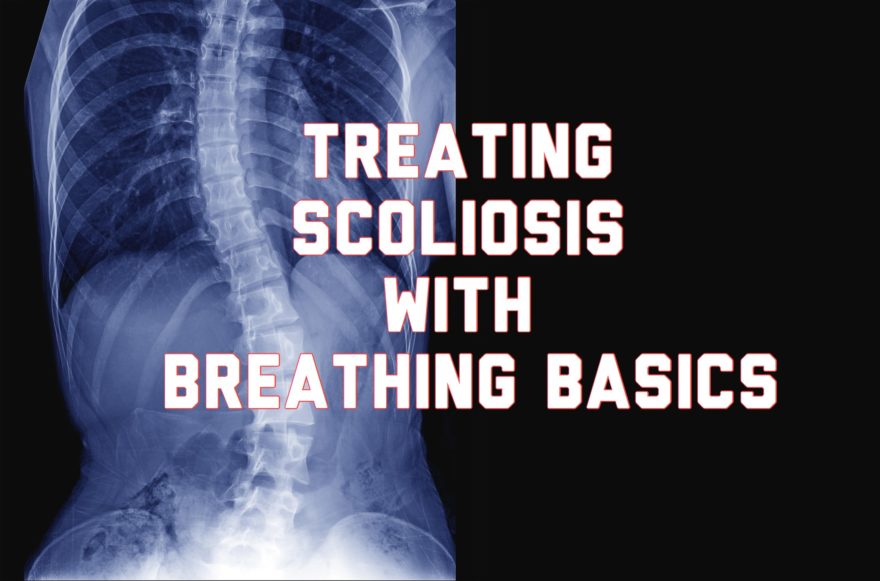
Treating Scoliosis with Breathing Basics – A Case Study
Have any clients with scoliosis? Scoliosis can be quite a bugger and have some interesting consequences on an individual’s movement.…
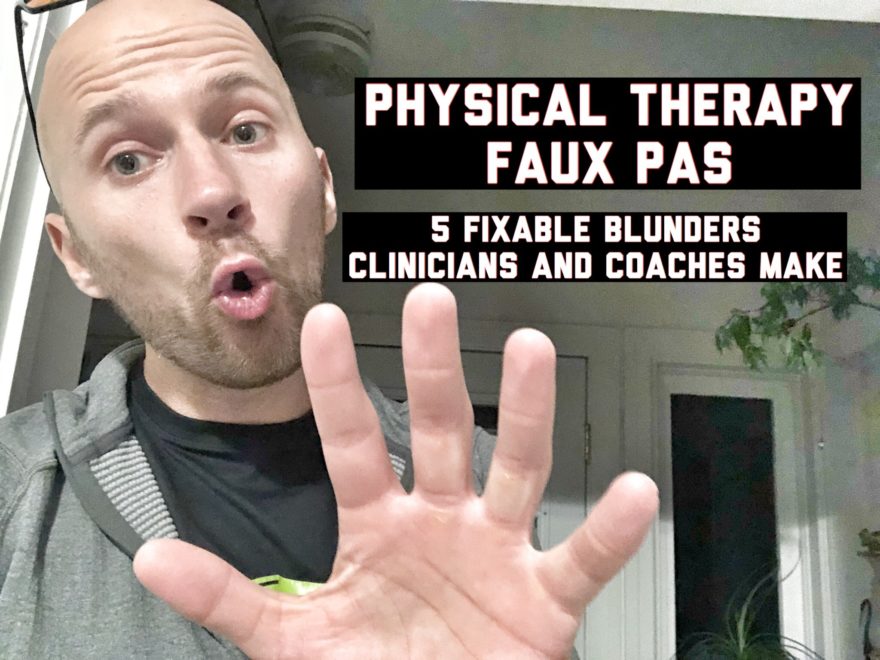
Physical Therapy Faux Pas: 5 Fixable Blunders Clinicians and Coaches Make
Faux Pas: (Noun) An embarrassing or tactless act or remark.¹ I’m not the greatest physical therapist. I make mistakes,…
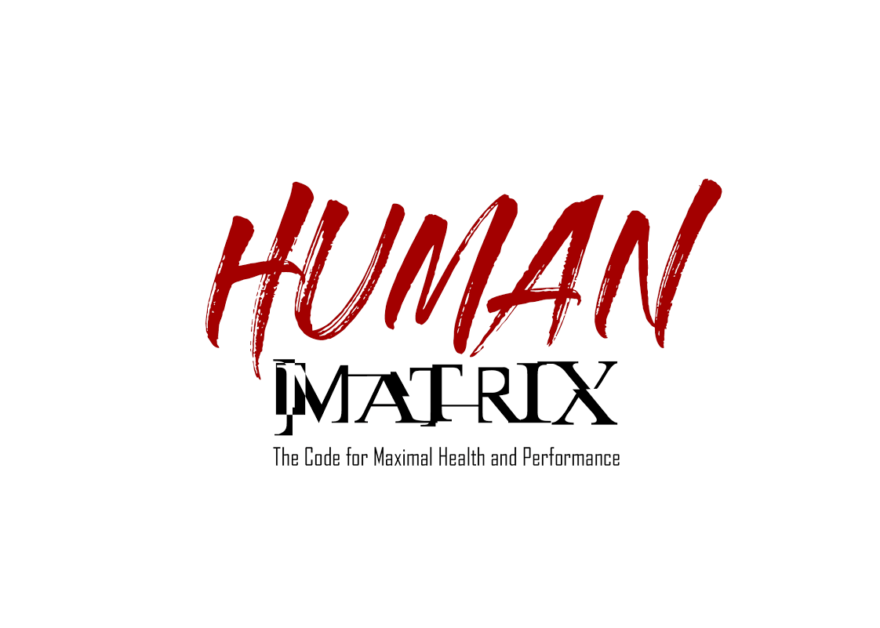
Learn Normal Respiratory Mechanics from the Human Matrix Manual
Do you… Have patients who hurt multiple areas and are unsure where to start? Have training clients who can’t perform…
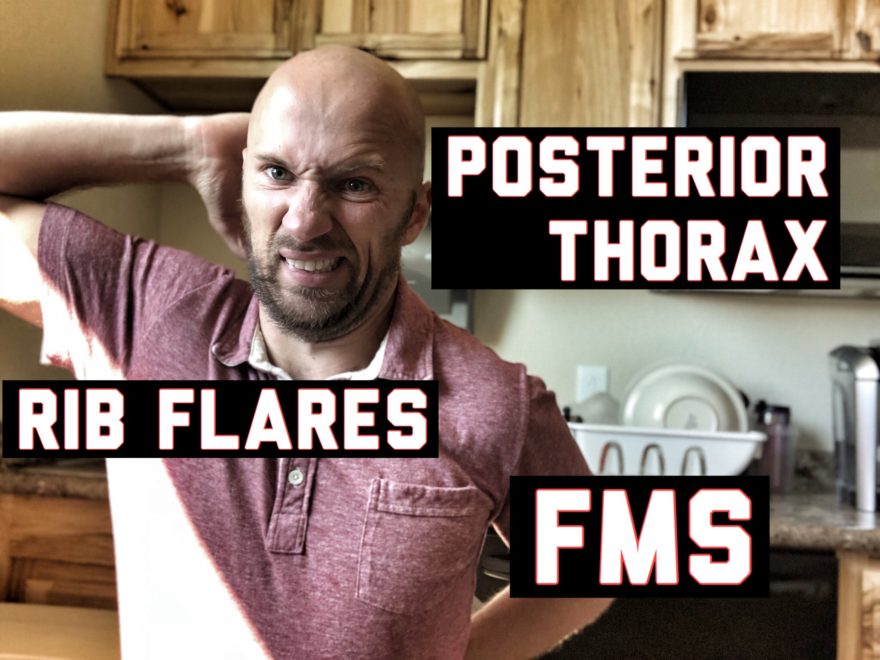
Rib Flares, Posterior Thorax, and FMS – Movement Debrief Episode 52
Movement Debrief Episode 52 is in the books. Below is a copy of the video for your viewing pleasure, and…
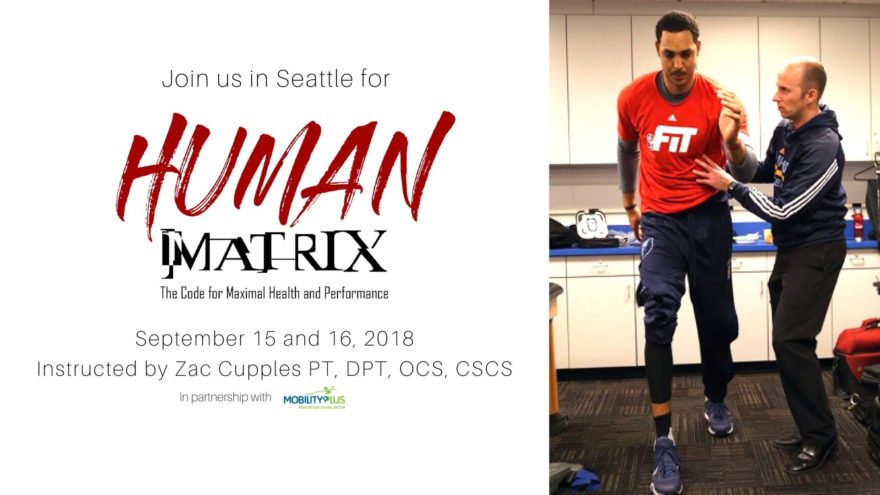
Improve How Your Clients Move By Signing Up for the Human Matrix
Do you… Have patients who hurt multiple areas and are unsure where to start? Have training clients who can’t perform…

Top 10 Posts of 2017
At the end of each year, I like to see what you beautiful…sexy…outstanding people liked the most from the jazz…
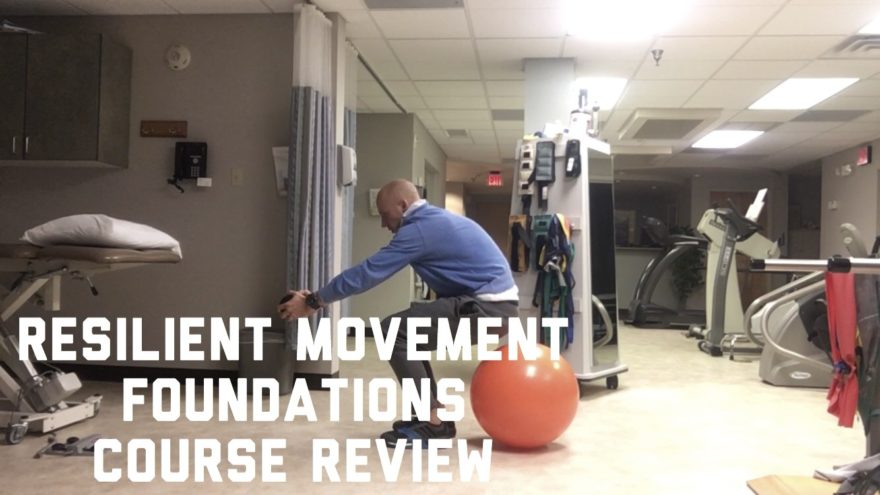
Resilient Movement Foundations Course Review
I recently had the pleasure of attending a class put on by my fellas at Resilient Performance Physical Therapy. I…

